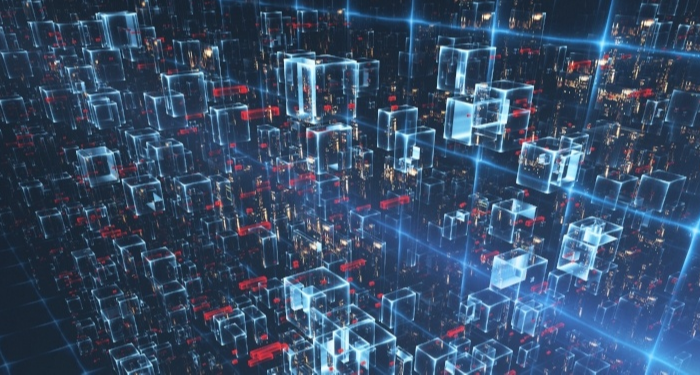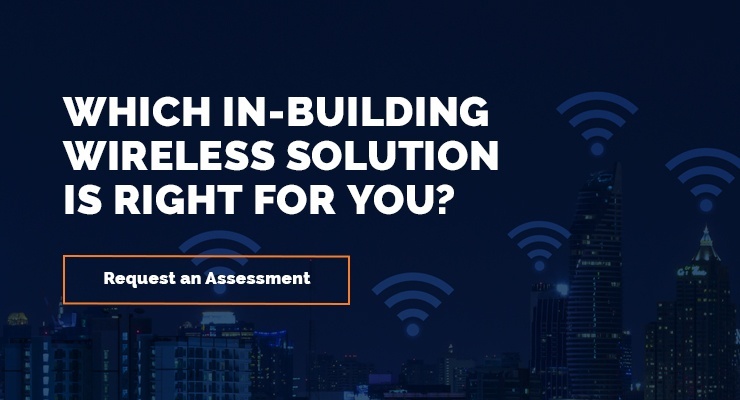Power usage is one of the biggest costs associated with operating a data center. In fact, Gartner estimates that power is about 10% of current data center's operating expenditure; that number is likely to increase to 15% over the next 5 years.
Every data center, from the smallest to the largest, wants to optimize power use to reduce costs. In most cases, improving IT equipment power usage results in the greatest overall improvement in energy efficiency.
Here are 5 effective ways to improve data center energy efficiency and reduce overall operating costs.
1. Fix heating and cooling inefficiencies
Start with the basics. It may seem like commons sense, but it can be easy to overlook proper data center cooling best practices.
Use a hot aisle/cold aisle layout
Most IT equipment takes in cold air via the front of the unit and exhausts hot air out the back. Therefore, it makes sense to position rows of server racks so that the fronts of the servers face each other. This layout greatly reduces energy loss by managing airflow and can even help prolong the life of the servers.
Implement heat containment structures
Consider adding physical barriers to your data center design to further eliminate the mixing of cold supply air and hot exhaust air. Studies show that in a data center with hot/cold aisle arrangements, containment systems can reduce energy expenses by as much as 5 to 10%.
Install air economizers
In cooler regions an air economizer can significantly improve the power usage effectiveness (PUE). In most of North America, for example, 40 to 90% of the cooling can come from outside by using air economizers.
Optimize air conditioning systems
Create a system to help reduce the overall amount of energy your air conditioning unit consumes. For instance, you could turn the unit off periodically and use an alternate cooling source, or continually vary the speed of the air conditioner by upgrading from a single stage to a variable speed motor.
2. Implement a DC power distribution
Modern data centers typically rely on traditional AC voltage to DC voltage at the UPS to clean and power the backup batteries. The power is then converted back to AC power for distribution to the servers and equipment.
The whole process of UPS to AC distribution is known as a double-conversion, and it results in wasted energy—put off as heat—that must be cooled. The first conversion is at the UPS where the power is converted to DC to condition it to provide a clean sine wave, float the battery voltage, and converted back to AC for distribution to the equipment. The second conversion happens at the equipment level where the power is converted back to DC. While this is the process used by a majority of data centers today, DC power could be an energy-saving game changer.
DC power distributions incorporate a single conversion, leading to increased reliability; simple design and implementation; lower operating and maintenance costs; and more efficient equipment usage of DC power. In the near future, we could begin to see an increased number of data centers take advantage of the opportunities DC power distributions offer.
DC power solutions are just one way that data center owners and operators can save money and energy. With careful planning and design, there are many other ways to maximize energy efficiency.
3. Update UPS infrastructure
If you’re still trying to wrangle better energy efficiency out of old power delivery systems, it may be time for an upgrade.
The primary energy waste in a UPS is the switching losses in the inverter and transformers. There has been a great deal of R&D done to make newer UPS operate in a more efficient manner, and the more efficient use of power has the ability to offer a quick return on investment on your upgrade.
UPS units typically operate most efficiently closer to their maximum capacity, and as IT equipment is becoming virtualized and moving to the cloud, some facilities are seeing lower power demands because of this. By moving to a smaller and more efficient UPS, a facility can realize a faster return on investment.
4. Reduce server power use
Servers can be accountable for as much as 60% of total payload power in data centers. By taking the following actions, you can reduce the power consumed by servers.
- Virtualize more servers. Run multiple different workloads on one physical server to decrease electricity consumption and heat waste.
- Decommission or consolidate old servers. Reduce sprawl and electricity consumption by retiring old servers.
- Eliminate unnecessary workloads. Surveys show that 8 to 10% of servers with no use are still running.
5. Practice proper cable management
Cable management isn’t just important for maintaining an orderly data center operating at peak performance. It also contributes to power use.
- When running cables under a raised floor, place them under the hot aisles to avoid blocking the path of cold air.
- Consider overhead cabling to allow more airflow.
- Use mesh cabling trays to help ventilate copper or aluminum cable cores.
- Seal cable openings to avoid drops in static pressure which will negatively affect air conditioning efforts.
To reduce overall operating costs, focus on making data centers as energy-efficient as possible. By improving IT power usage and carefully controlling the data center environment, you can see significant savings.





